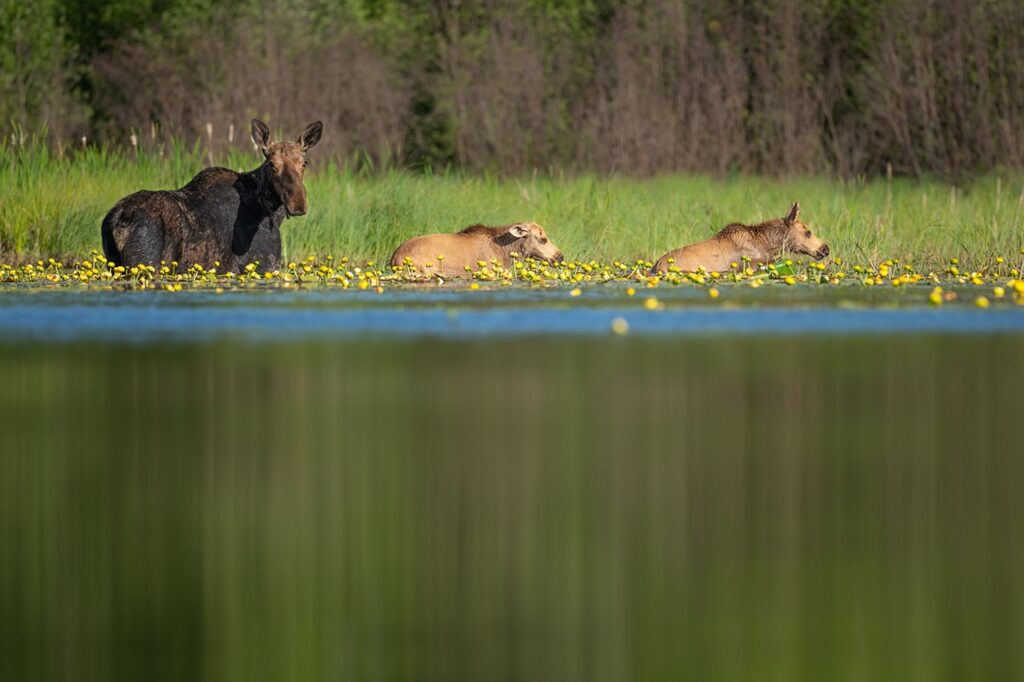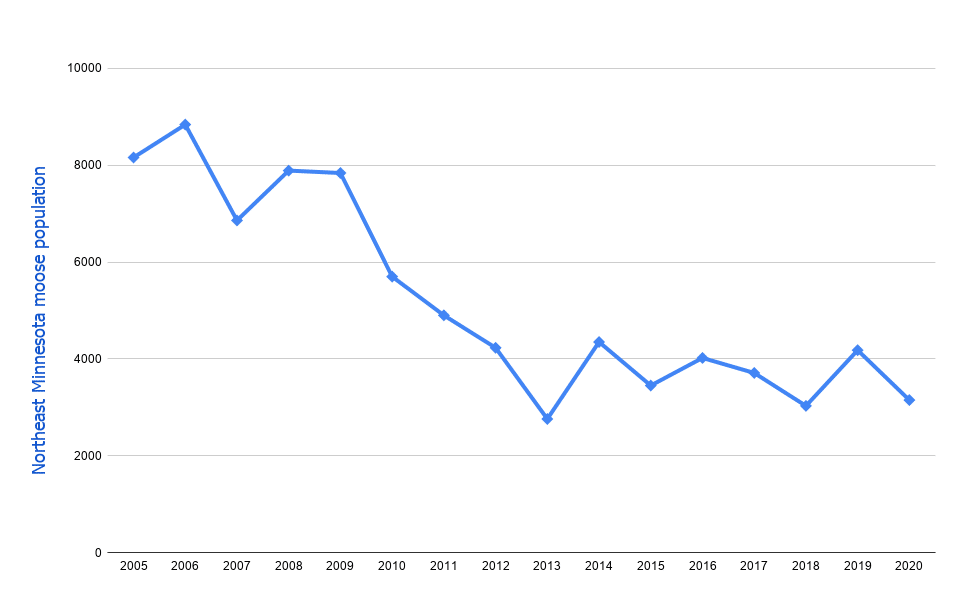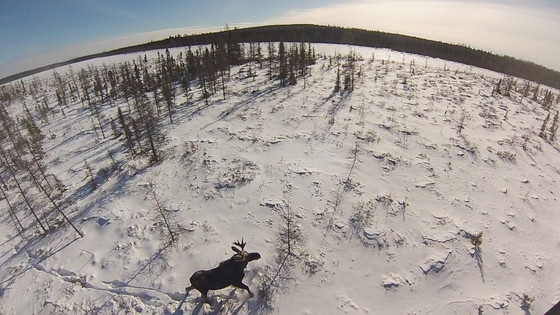
A partnership of several government and tribal entities are working together to better manage forests in northeastern Minnesota for the benefit of moose, while taking into account a quickly changing climate.
The participants are trying to answer the question, “What actions can forest managers take to improve moose habitat in the near-term, while also planning for future forest conditions?”
The coalition include the U.S. Forest Service’s Northern Research Station, the U.S. Geological Survey’s Midwest Climate Adaptation Science Center, Superior National Forest, Minnesota and Wisconsin Departments of Natural Resources, Grand Portage Band of Chippewa, 1854 Treaty Authority, Fond du Lac Band of Lake Superior Chippewa, and Voyageurs National Park.
Minnesota’s moose population shrank by more than half between about 2006 and 2015. Since then it has remained relatively stable at a diminished number. Several years of studies have revealed a complex set of causes, from diseases related to increased whitetail deer populations, rapidly warming winters resulting from climate change, loss of suitable habitat, wolves and other predators, and more.

The three-year project should provide forest managers like the agencies involved with practices they can use in planning logging, prescribed burning, and other forest management activities.
“We can use the information gained through this partnership to demonstrate the effects of different public and private land owner strategies on forests within the broader context of changing climate influence on forests that can then be used to project the future distribution and abundance of Minnesota’s moose population,” said Forest Service project leader Deahn Donner of the agency’s Northern Research Station.
The partners will also work together to identify areas with lands spread across multiple owners where those strategies can improve moose foraging and cover habitat, both now and in the future.
“Much of northern Minnesota is a patchwork of ownership – state, federal, county, tribal, and private,” said Dr. Michelle Carstensen, Minnesota DNR, Wildlife Health Program Supervisor. “By taking an all-hands-on-deck approach, we’re taking our best shot in ensuring the long-term persistence of moose in Minnesota.”

In addition to climate considerations, the project will take into account the problems posed by deer. As forest conditions and the climate have become more favorable to deer, their numbers have increased in the region. The animals can transmit a brainworm that is harmless to them, but usually fatal for moose. As deer numbers increase, moose seem to decline.
Forest management recommendations will seek to provide habitat for moose that is also unattractive to deer, to attempt to keep the two species somewhat separate.
The project was launched in 2020 and will conclude in 2022. It was funded by the USGS’s Midwest Climate Adaptation Science Center, which was established by Congress in 2008.
More information:
- Partners Work Together to Keep Moose in the Northwoods – U.S. Forest Service, Northern Research Station
- Can Climate Change Mitigation Through Forest Management Save the Moose in Minnesota? – Climate Adaptation Science Centers
- Can Climate Change Mitigation Through Forest Management Save the Moose in Minnesota? – Sciencebase.Gov

